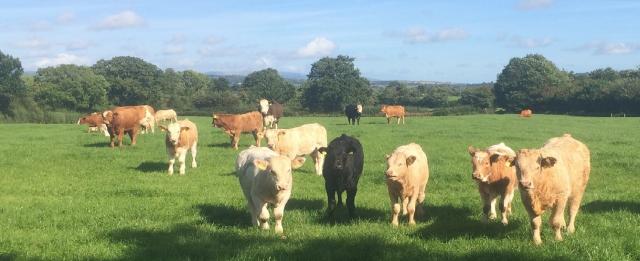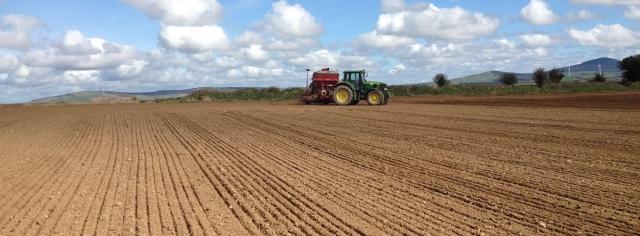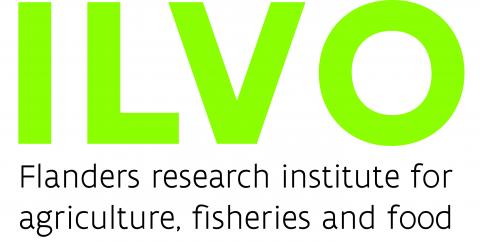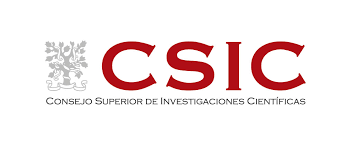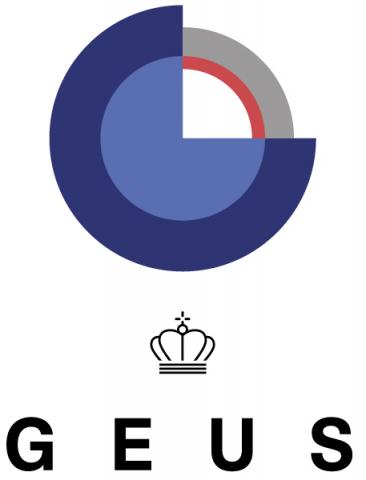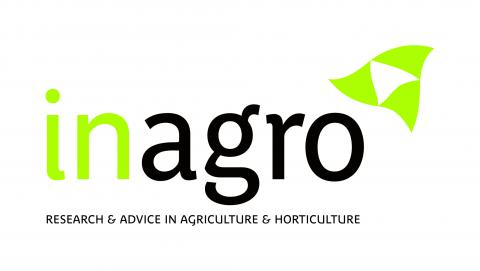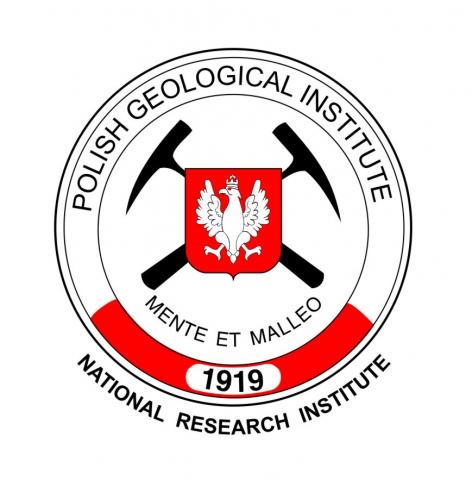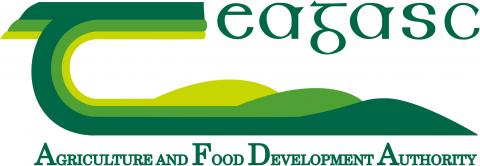Agricultural activities in the Actionlab
Within Ballycanew catchment, 97% of the land is used for agriculture,mostly for grass-based production (77%) and the remainder for arable crops. The main grass-based farm enterprises are beef and dairying with spring barley being the main tillage crop. Onthe grassland mineral fertilizers appliction typically begin in early spring and continue throught the growing season.
Organic fertilisers, mainly cattle slurry, is spread throughout the growing season, with most applied in spring and early summer particularly in the period after the fisrt cut of silage in May/June. Typically grassland does not routinely recieve pesticide application but some grassland weed control is done using a small range of grassland herbicides. The arable crops (mainly spring barley) receive a herbicide and a fungicide application and often an insecticide. Most of the pesticide is applied in the early to mid growing season (April-May). Impact on water resources are mainly nitrate loss to groundwater (and possibly pesticide) in the uplands, and phosphorus loss to surface water and perched groundwater.
Within Castledockerell catchments 93% of the land is used for agriculture and mostly for cereal crop production (54%) and the remainder for grass-based production. Spring barley production is the main tillage enterprise while beef and sheep production are the main grass-based enterprises. Typical management of the spring barley production involves ploughing from January to February with sowing from late February to early April and harvesting from August to early September. Compound mineral fertlisers (N,P,K) are typically incorporated into the soil at sowing time with additional nitrogen application during the early growing season . Typically grassland does not routinely recieve pesticide application but some grassland weed control is done using a small range of grassland herbicides. The arable crops (mainly spring barley) aways recieve a herbicide and a fungicide application and often an insecticide. Most of the pesticide is applied in the early to mid growing season (April-May). Impact on water resources are mainly nitrate (and possibly pesticide) loss to groundwater and to surface water via belowground pathways, and phosphorus loss to surface water via quick flow pathways during rain events

